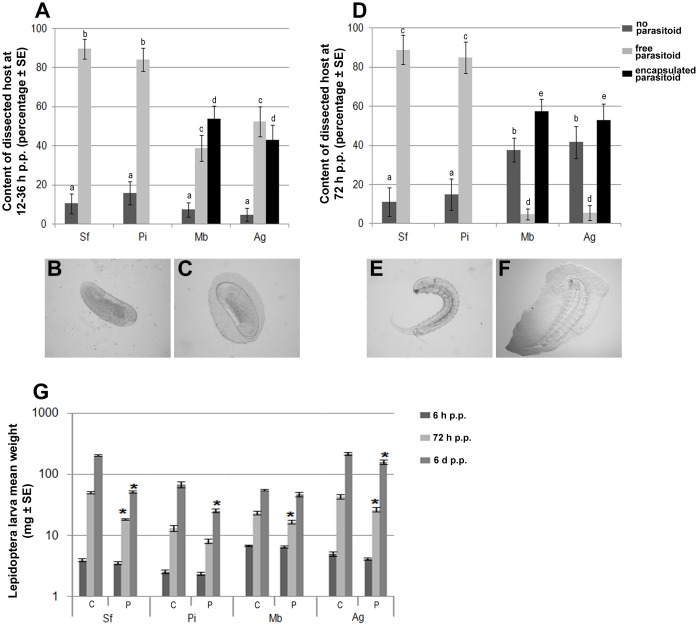Figure 3. Encapsulation response to parasitization by H. didymator in four lepidopteran host species.
A. Percentage of larvae from which H. didymator eggs were recovered following host dissection 12–36 h p.p. B. and C. Examples of H. didymator eggs recovered between 12–36 h p.p from a permissive host (S. frugiperda or P. includens) and a non-permissive host (M. brassicae or A. gemmatalis), respectively. D. Percentage of H. didymator larvae recovered following host dissection 72 h p.p. E. and F. Example of an H. didymator larva recovered at 72 h p.p. from a permissive host and a non-permissive host, respectively. Note that, in C. and F., a layer of host immune cells surrounds the parasitoid; this is known as encapsulation. In A. and D., different lowercase letters indicate significantly different (p<0.05) results. G. Weight of lepidopteran larvae at 3 times p.p. depending on the species. C: control host larvae, P: host larvae parasitized by H. didymator. Asterisks indicate that, for one species and one time, body weight differed significantly between control and parasitized hosts (p<0.05). Sf: S. frugiperda, Pi: P. includens, Mb: M. brassicae and Ag: A. gemmatalis.

